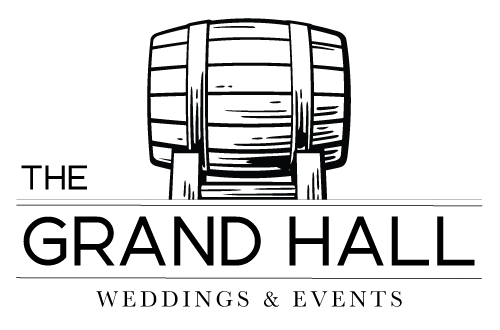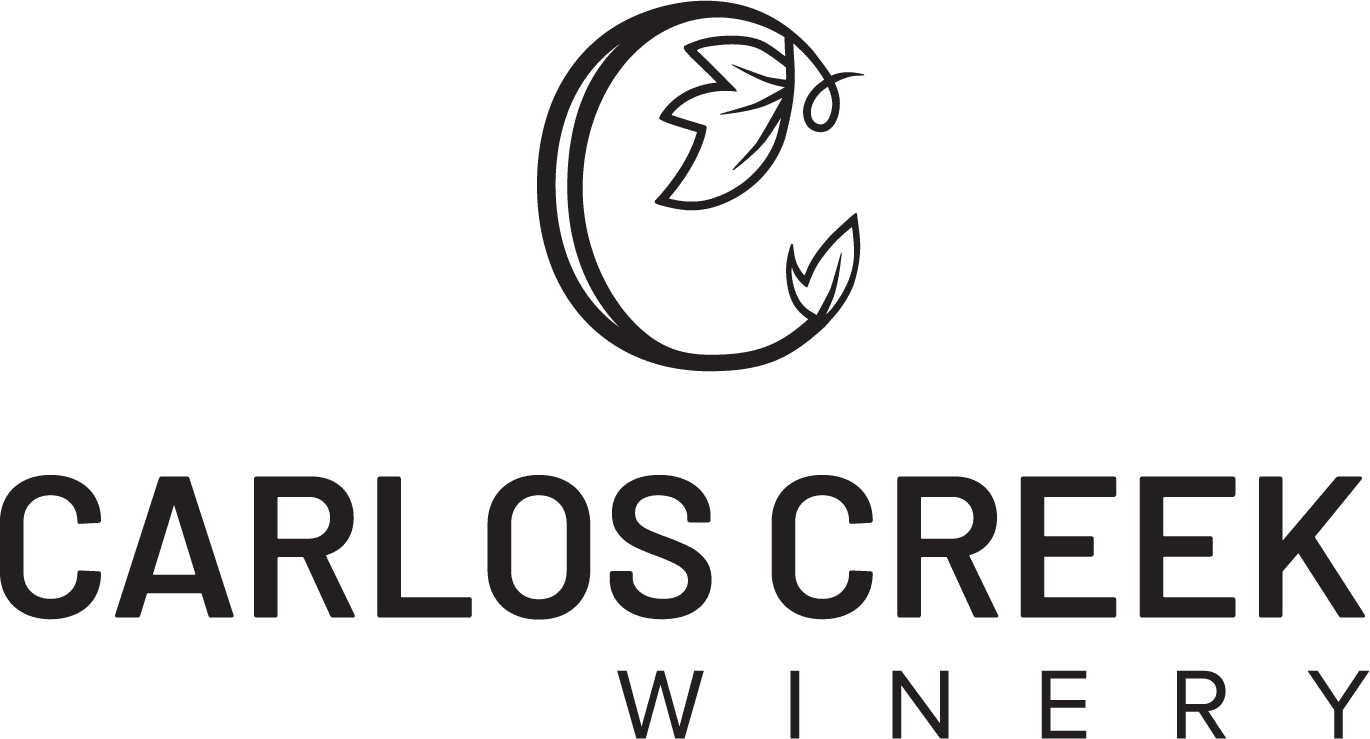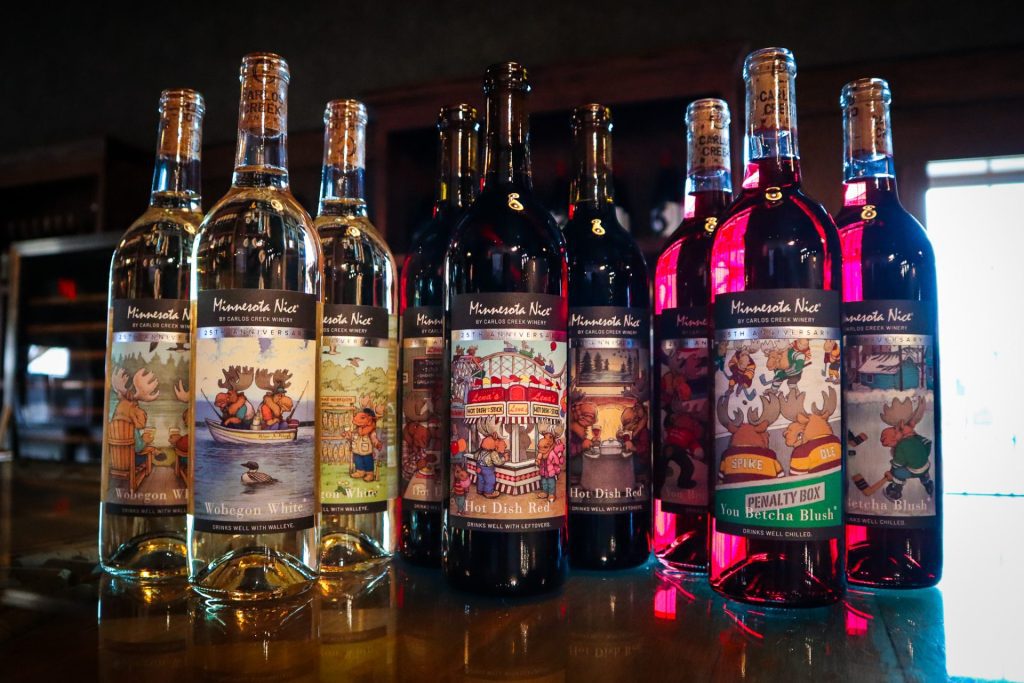
On April 29, 2022, we are excited to be releasing our first no sulfite added (NSA) wines:
- Cabernet
- Merlot
- Barbera
All are from the 2020 vintage and have been barrel-aged for 10 months in French Oak and bottled aged for 8 months. Last week I had the opportunity to sit down with our Head Winemaker, Russ Funk, and compare our 2020 NSA wines to the same 2020 vintages produced with our traditional methods. I found there to be a significant taste difference and I suspect there will be a difference in how they age.
What’s the deal with sulfites anyway?
AL
First, there’s no such thing as a sulfite-free wine. Sulfites are naturally present in many fruits, including grapes, and are also a by-product of fermentation. Dried fruits are among the foods highest in sulfites, with raisins and prunes containing between 500 and 2,000 parts per million. By comparison, wine contains only 20 to 350 parts per million.
Contrary to common belief, red wines do not contain more sulfites than white wine; both white and red wines naturally contain sulfites and because lighter fruits are more susceptible to browning, white wines may contain more added sulfites than red wines. If you flush or get headaches from red wine but not white, tannins may be the culprit!
For most people, sulfites are not a problem. If you can eat raisins or other sulfite-loaded foods, such as: bacon, pickles, olives, jams, jellies, maple syrup or shellfish, then you probably don’t have a sulfite sensitivity. A small number of people (about 1% of the population) however are very sensitive to sulfites, and many people are looking to reduce additives in their diets. NSA wines may be a great option for these people.
How do our NSA wines taste?
Fruitier
Sulfites protect, but also inhibit; wines with added SO2 are more consistent than NSA wines, but they may also be less intensely aromatic.
The fruit flavors in all three of our NSA wines are brighter and more energetic than their traditionally made counterparts. This almost candy-like fruitiness is similar across all three of our NSA wines. Why?
Without s02 early in the process, wines create their own defense against oxygen, or they fail. In fighting oxygen from the start successfully, they get used to it, and build up long-term resistance.
As a result, these wines retain a remarkable freshness of fruit and remain aromatically stable.
Smoother Tannins
Tannins are found in the skins and seeds of grapes. They have an astringent, somewhat bitter taste that makes your mouth feel dry. When wine ages, tannins “soften” because they polymerize, or form long chains with each other. These long chain tannins feel and taste less harsh.
After fermentation, wines start maturing, a process activated by oxygen. Sulfites inhibit/control oxygen in this process. In NSA wines, more oxygen is present during maturation. This significantly speeds the aging and polymerization process, leading to wines that are easier to drink at a far younger age. This is the primary reason why our NSA wines are bottled earlier than our traditionally fermented wines.
Increased Color
Our NSA wines tend to have more color than our traditionally fermented wines. Oxygen binds color molecules together, giving them greater stability. SO2 inhibits color formation very early in the winemaking process. Without SO2 babysitting the O2, there’s more oxygen floating around.
So why not make all NSA wines?
Making wines with no added SO2 is fraught with challenges. Though NSA wines are fruity, soft and full of energy, they are also far more liable to wine faults, bottle variation and premature aging.
Traditionally, to prevent spoilage of wine from bacteria, and to minimize oxidation, SO2 is added periodically throughout the winemaking process – from harvest to bottling.
Without the safety net of SO2, you need perfect fruit, and extreme care must be used in the winery. Higher fermentation temperatures, fewer rackings and more frequent barrel topping must be done. Even with the greatest care, things go wrong from time to time. Initially, we planned to release 4 NSA wines, but our Malbec succumbed to a microbial infection. As Andrew Nielsen of Le Grappin winery puts it,
“If you’re walking on a high wire, you will fall occasionally.”
Given the extra time, effort and risk involved, NSA wines simply cost more to make. And given the challenges of grape growing in Minnesota, perfect fruit is not always ours for the asking. 2020 was an abundant harvest of great quality and allowed us the opportunity to experiment. Time will tell how well our NSA wines age and sell and will guide our future approaches to SO2 additions. We are interested in experimenting with no sulfides added as a method to potentially mature the acid in wines made from high-acid, cold climate grapes. Possibly a future project!
To stay in the know about new releases at Carlos Creek Winery, sign up for our exclusive newsletter!








